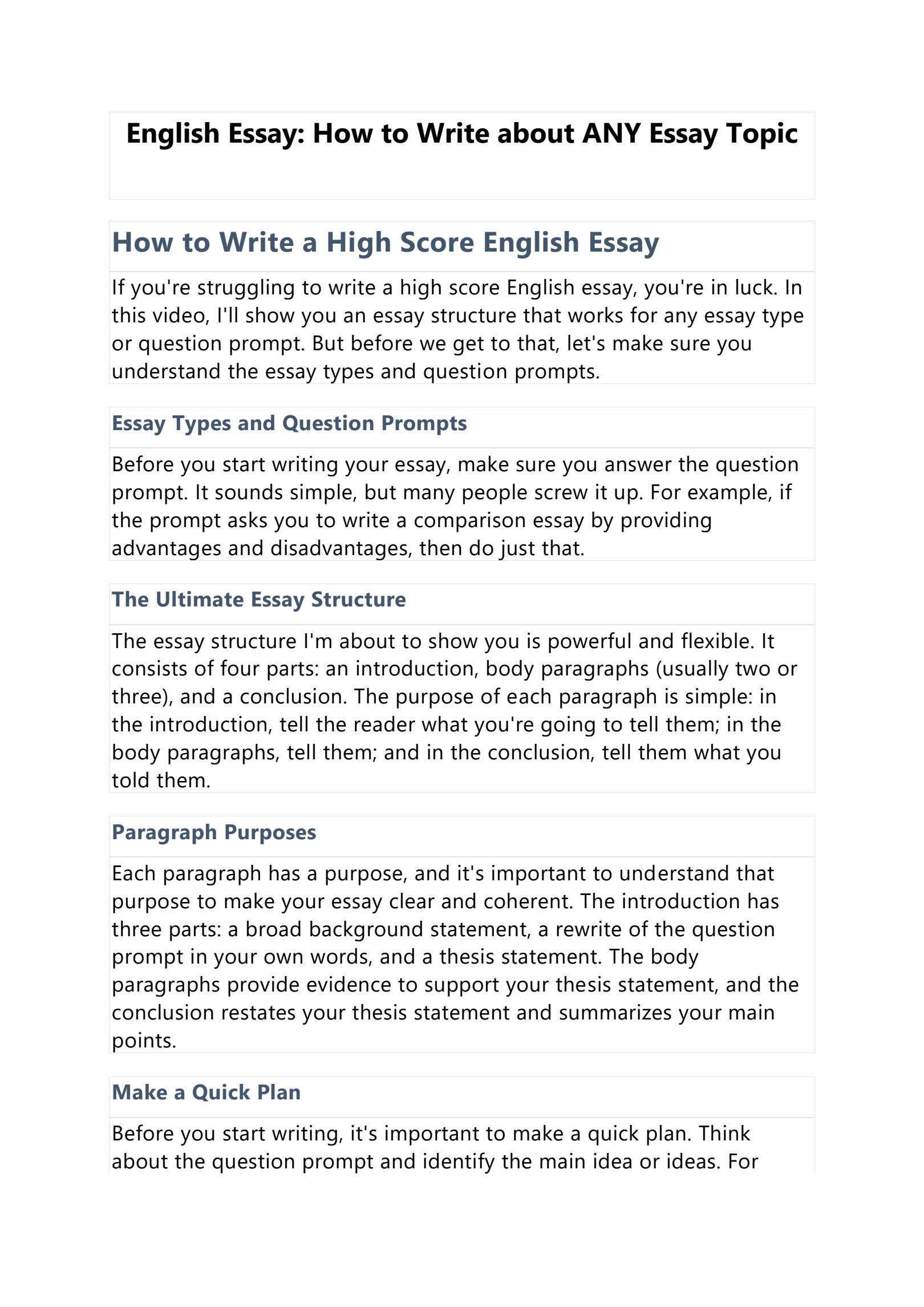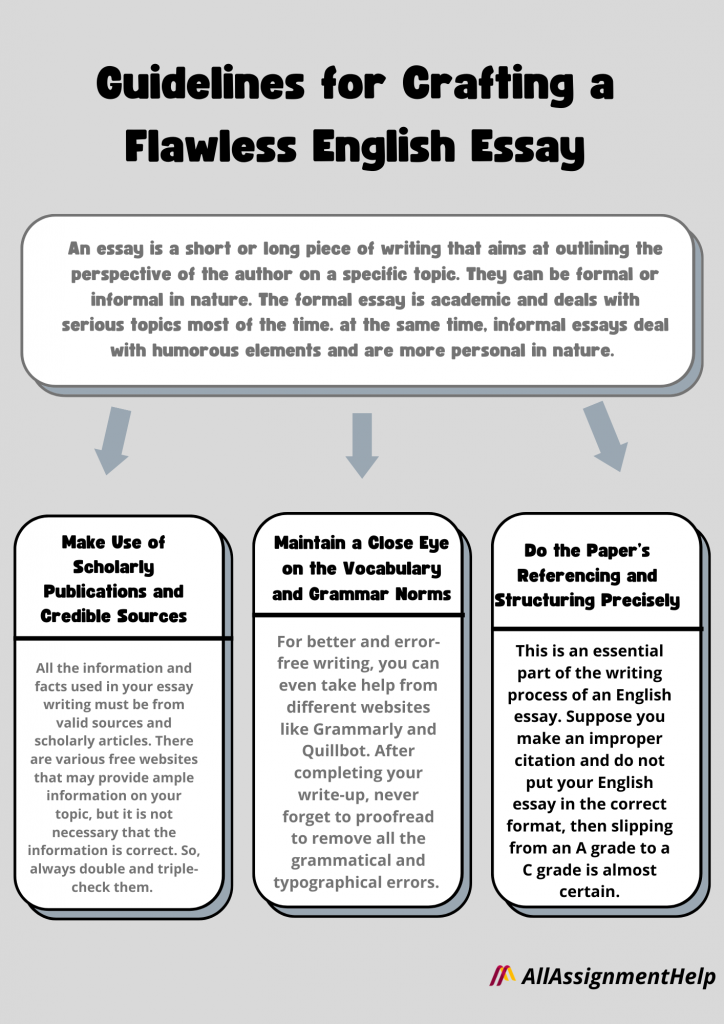Effective Strategies to Reduce AI Dependency
Effective Strategies to Reduce AI Dependency
Hey there!
Are you feeling overwhelmed by how much we rely on artificial intelligence (AI) these days?
Does it ever worry you that this might be stifling your creativity or decision-making?
You’re not alone.
I’ve noticed that while AI can do some pretty amazing things, it’s essential to find a way to balance its use with our own human skills.
Let’s dive into some easy strategies to cut back on AI dependency in our work.
Understanding AI Dependency
First off, what do we mean by AI dependency?
It’s when we lean on AI too much for tasks we used to handle ourselves, like making decisions or creating content.
Sure, AI can speed things up, but if we depend on it too much, we might lose our creative edge and critical thinking.
The Need for Balance
Finding a balance is key.
AI can be a fantastic tool, but it shouldn’t replace what makes us unique.
I’m all about using AI to enhance my creative process, not replace it.
Effective Strategies to Reduce AI Dependency
1. Embrace Human-Centric Problem Solving
Let’s start with human-centric problem solving.
This means putting people and their experiences at the heart of our solutions.
Here’s how to do it:
- Brainstorm Together: Gather your team for brainstorming sessions.
- Design Thinking Workshops: Use methods that focus on human needs.
- Collaborative Discussions: Share different viewpoints to spark creativity.
Example: I often host brainstorming sessions where we step away from AI tools.
We gather in a relaxed space, toss around ideas, and come up with solutions that reflect our unique backgrounds.
2. Limit Automated Decision-Making
Next up, let’s talk about decision-making.
AI can help us make decisions faster, but it can also lead us to miss important details.
So, I limit how much I let AI decide for me.
Instead, I use AI as a sidekick, not a replacement.
Example: When I face a tough decision, I stick to a structured framework:
- Collect relevant data.
- List out options.
- Weigh the pros and cons.
AI can help with data analysis, but I make the final call based on my insights.
3. Foster Continuous Learning and Skill Development
Keep learning!
By improving my skills, I rely less on AI for information.
Here’s how I do it:
- Take workshops.
- Enrol in online courses.
- Read industry-related books.
Example: I often sign up for online courses that focus on creative thinking or problem-solving.
These not only boost my skills but also encourage me to think outside the box without AI’s help.
4. Explore AI Alternatives
Don’t forget that there are often other ways to do things.
I actively look for alternatives to AI that don’t compromise my creativity.
Example: Sometimes, I choose manual data analysis over AI-driven tools.
This helps me engage more deeply with the data and spot patterns that AI might miss.
5. Cultivate a Creative Environment
Creating a space that encourages creativity is crucial.
Here’s what I do:
- Promote experimentation.
- Encourage collaboration.
- Foster open communication.
Example: I run creative workshops where everyone can share their ideas freely.
This breaks down barriers and leads to innovative solutions that come from our collective creativity.
6. Encourage Critical Thinking
Critical thinking is a must.
I make it a point to question assumptions and analyse information.
This helps us make better decisions that aren’t solely based on AI.
Example: During project discussions, I urge my team to challenge assumptions and explore different viewpoints.
This practice helps us think critically and consider all angles.
7. Set Boundaries for AI Use
Setting clear boundaries for AI is a great strategy.
I define when AI can be used and when human input is crucial.
Example: In my projects, I outline specific roles for AI, like data analysis or content generation, while keeping strategic decisions for humans.
8. Reflect on AI Impact
Regularly reflecting on how AI affects my projects is key.
I take time to evaluate if my reliance on AI is helping or hindering my goals.
Example: After a project wraps up, I conduct reviews to see how AI played a role.
This helps me spot areas where I relied too much on AI and guides my future strategies.
9. Leverage Community and Collaboration
Getting involved with others who share your concerns can be super helpful.
I participate in forums and networking events to share experiences and learn from others.
Example: Attending industry events lets me connect with professionals who also worry about AI dependency.
We exchange ideas and strategies to boost human creativity together.
10. Prioritize Ethical Considerations
Lastly, let’s not forget about ethics.
I stay mindful of the ethical implications of using AI.
This means understanding the limitations and biases in AI systems.
Example: I evaluate the ethical impact of using AI tools.
I think about issues like bias and transparency, ensuring my choices align with my values.
FAQs
Q: What are some signs I might be too dependent on AI?
A: If you find yourself skipping critical thinking or creativity in favour of AI suggestions, it might be time to reassess your reliance on it.
Q: How can I encourage my team to think more creatively?
A: Create a space for open discussions, run brainstorming sessions, and encourage questioning of assumptions.
Q: Are there any tools to help with human-centric problem solving?
A: Yes! Tools like Miro for brainstorming and collaborative platforms like Slack can foster creative discussions.
Q: How often should I reflect on my AI use?
A: Try to reflect after major projects or at regular intervals, such as monthly or quarterly.
By using these strategies, I aim to reduce my dependency on AI while boosting my creativity and decision-making skills.
Let’s embrace our unique human abilities and make the most of the tools at our disposal.
For more on reducing AI dependency and enhancing human creativity, check out these resources:
- The Importance of Human Creativity in the Age of AI
- Navigating Automation Challenges: A Guide for Professionals
- Critical Thinking: A Skill for the Future
Remember, the goal is to find that sweet spot between leveraging AI and nurturing our creativity.

